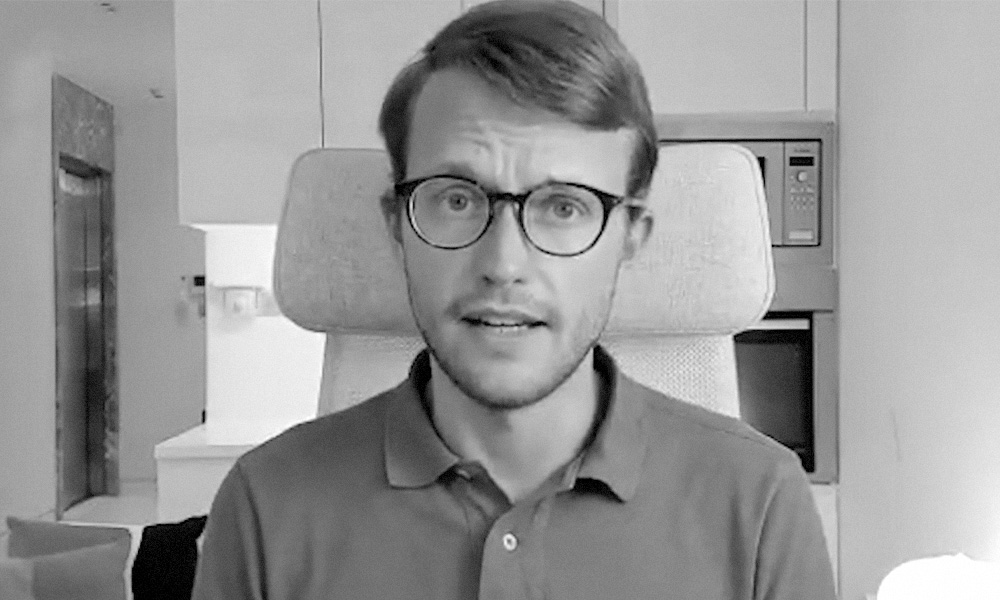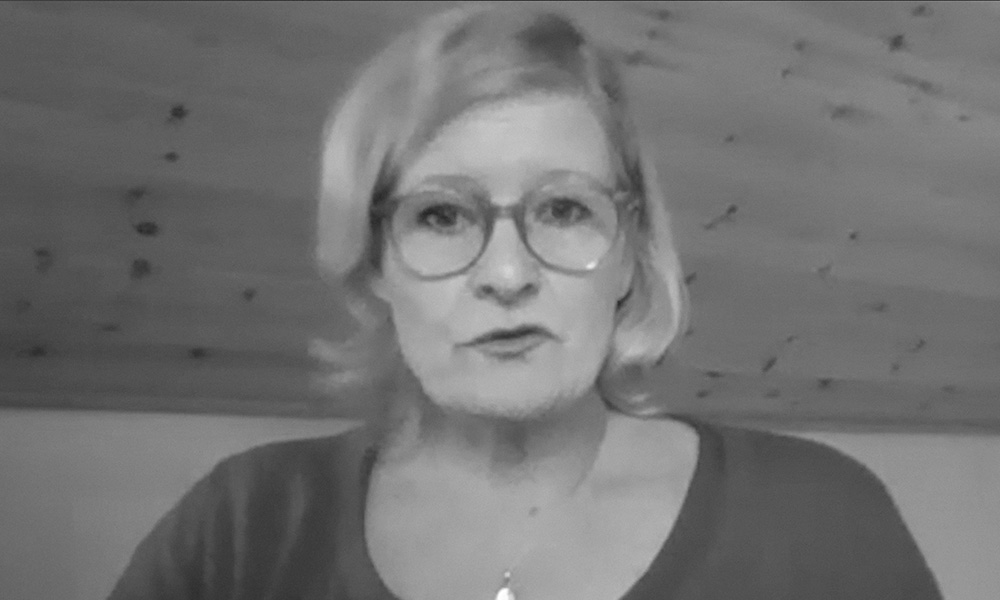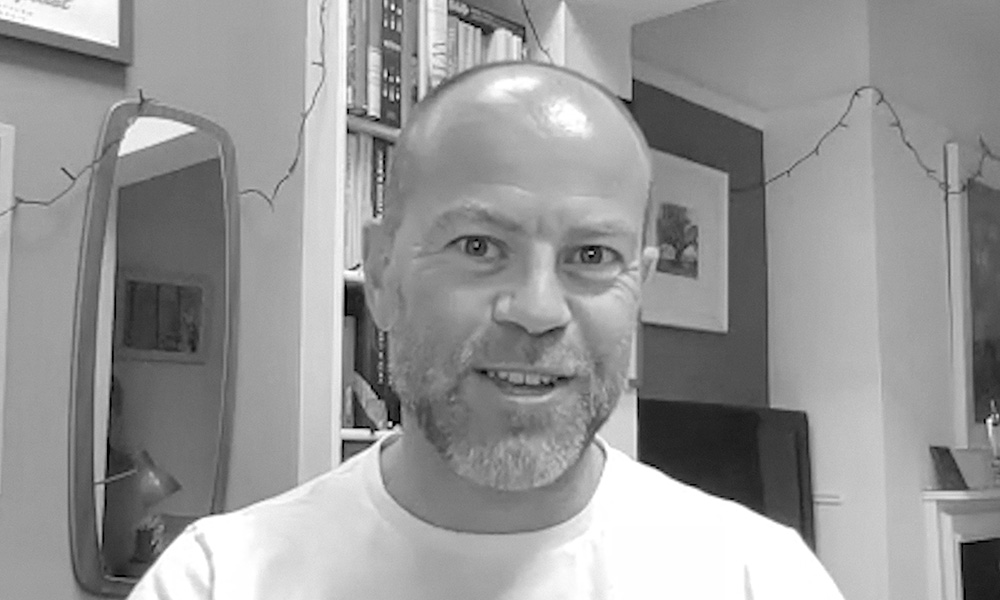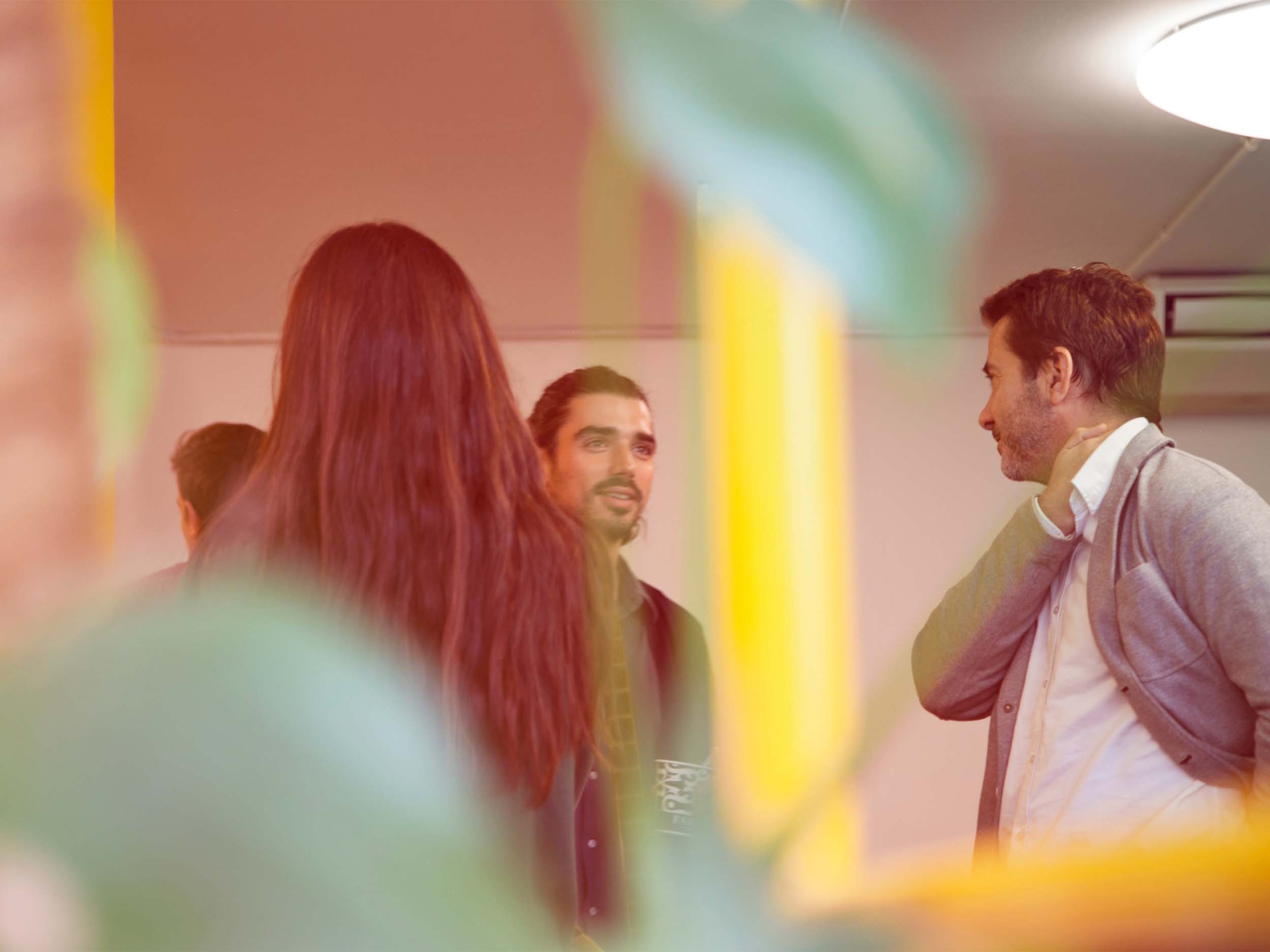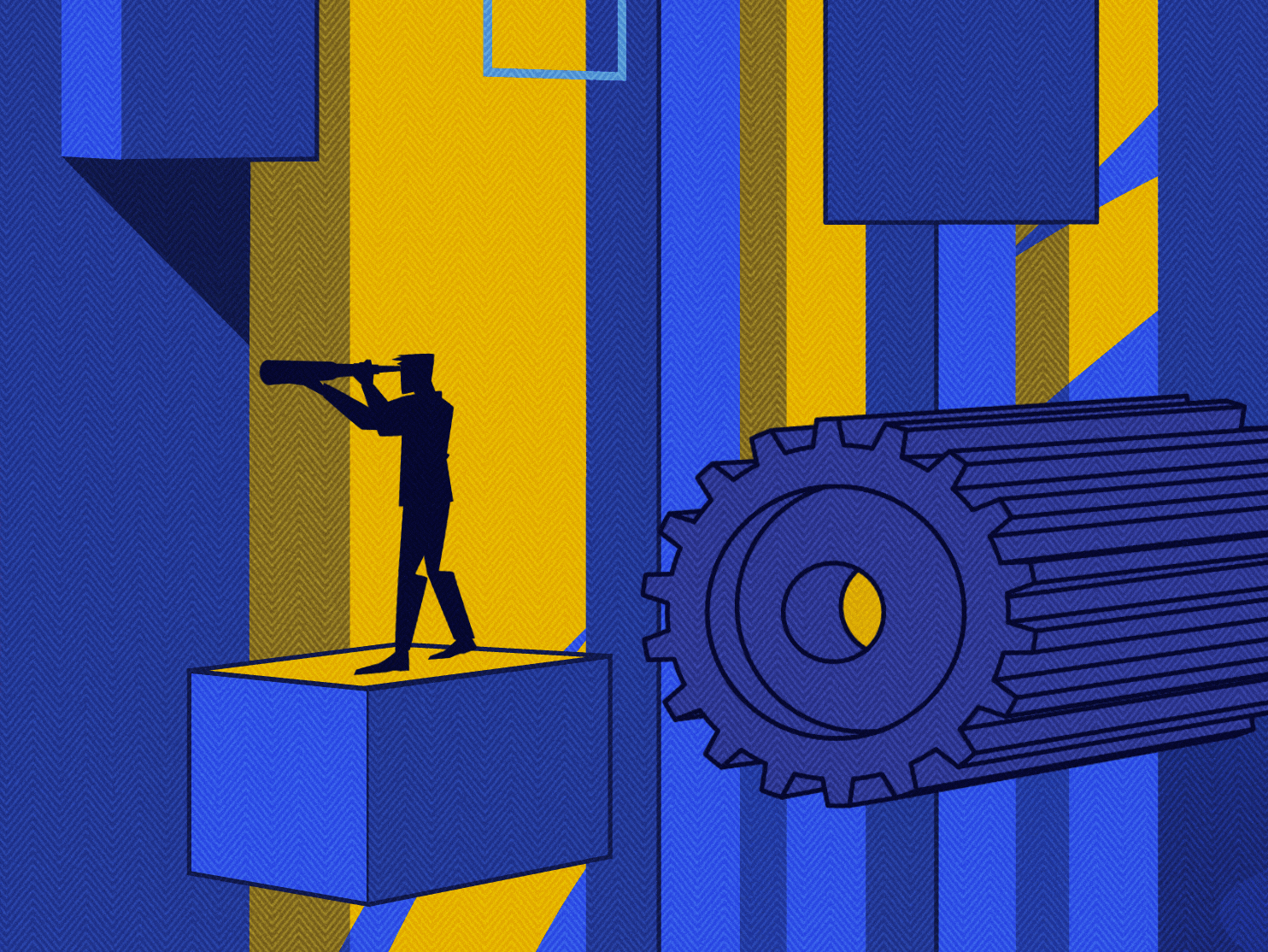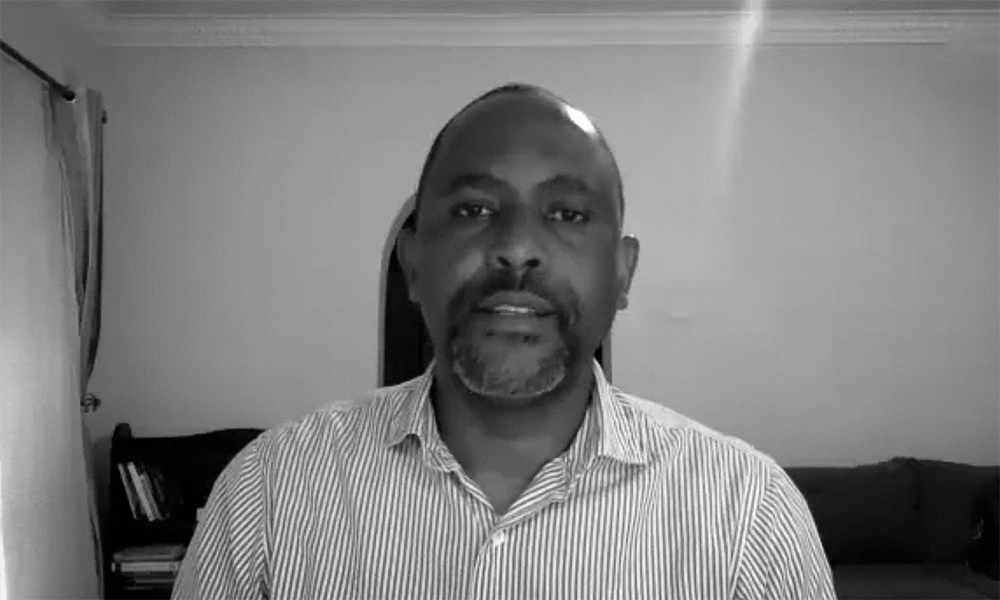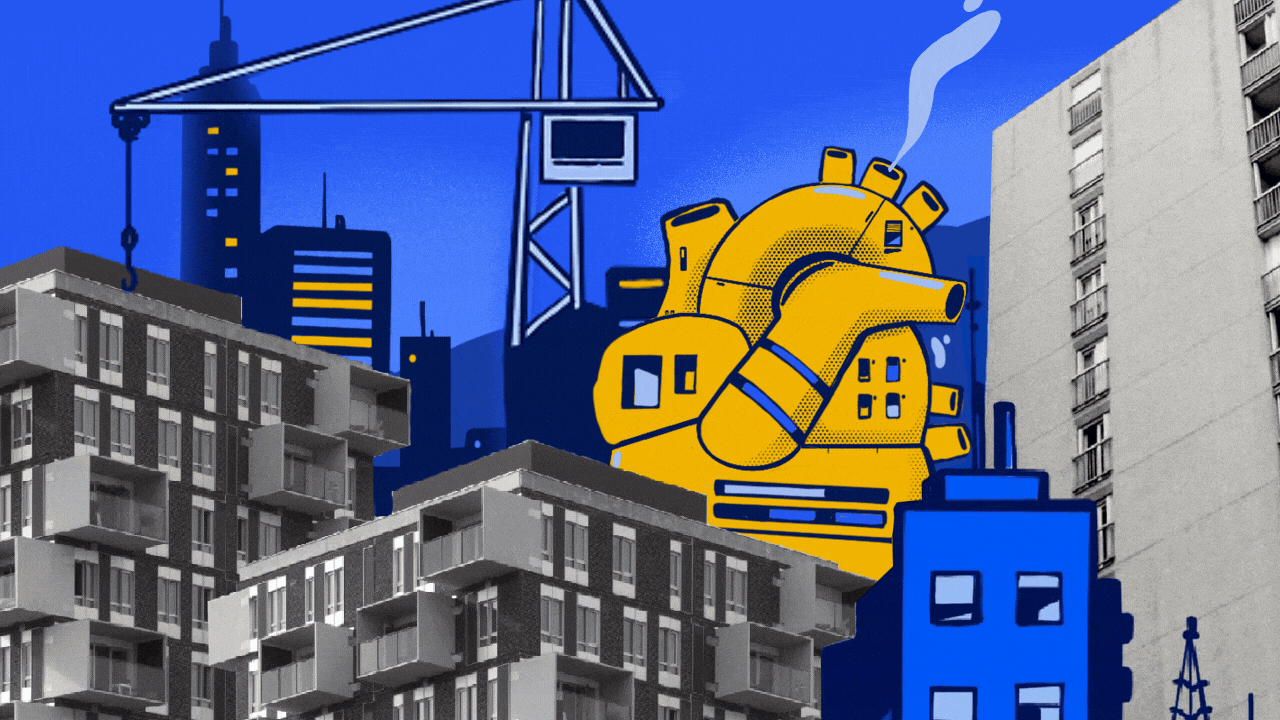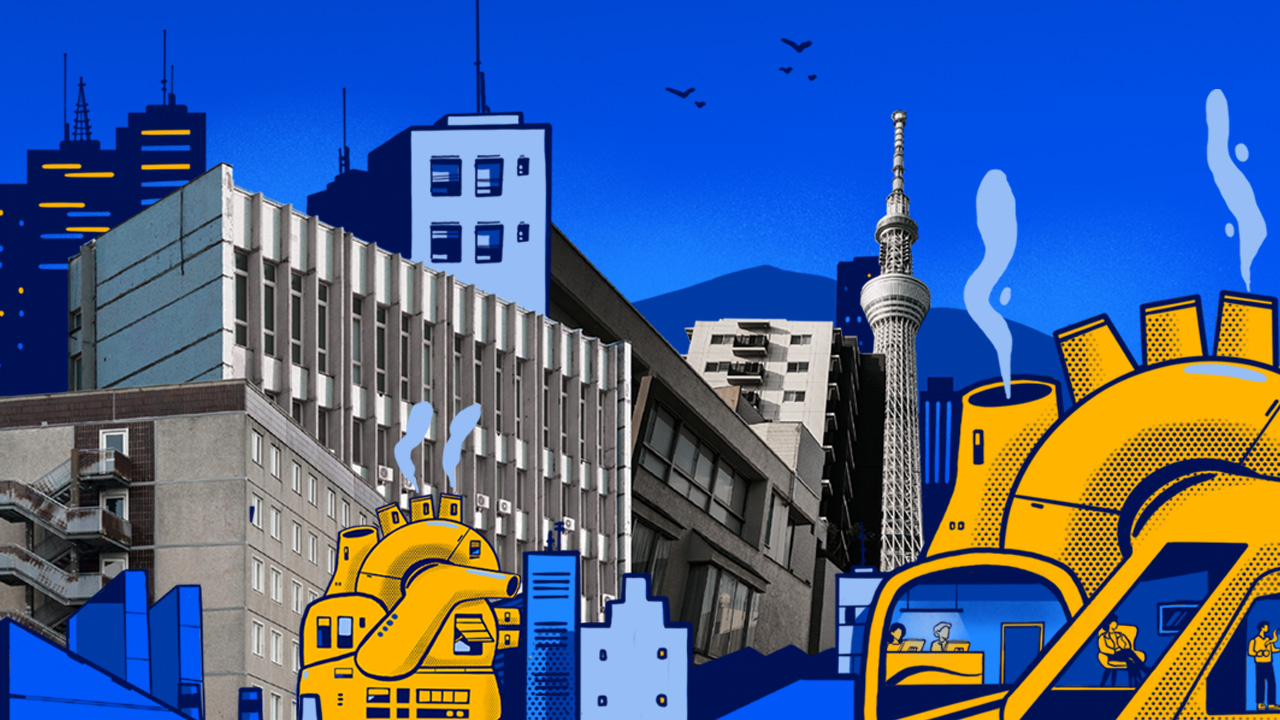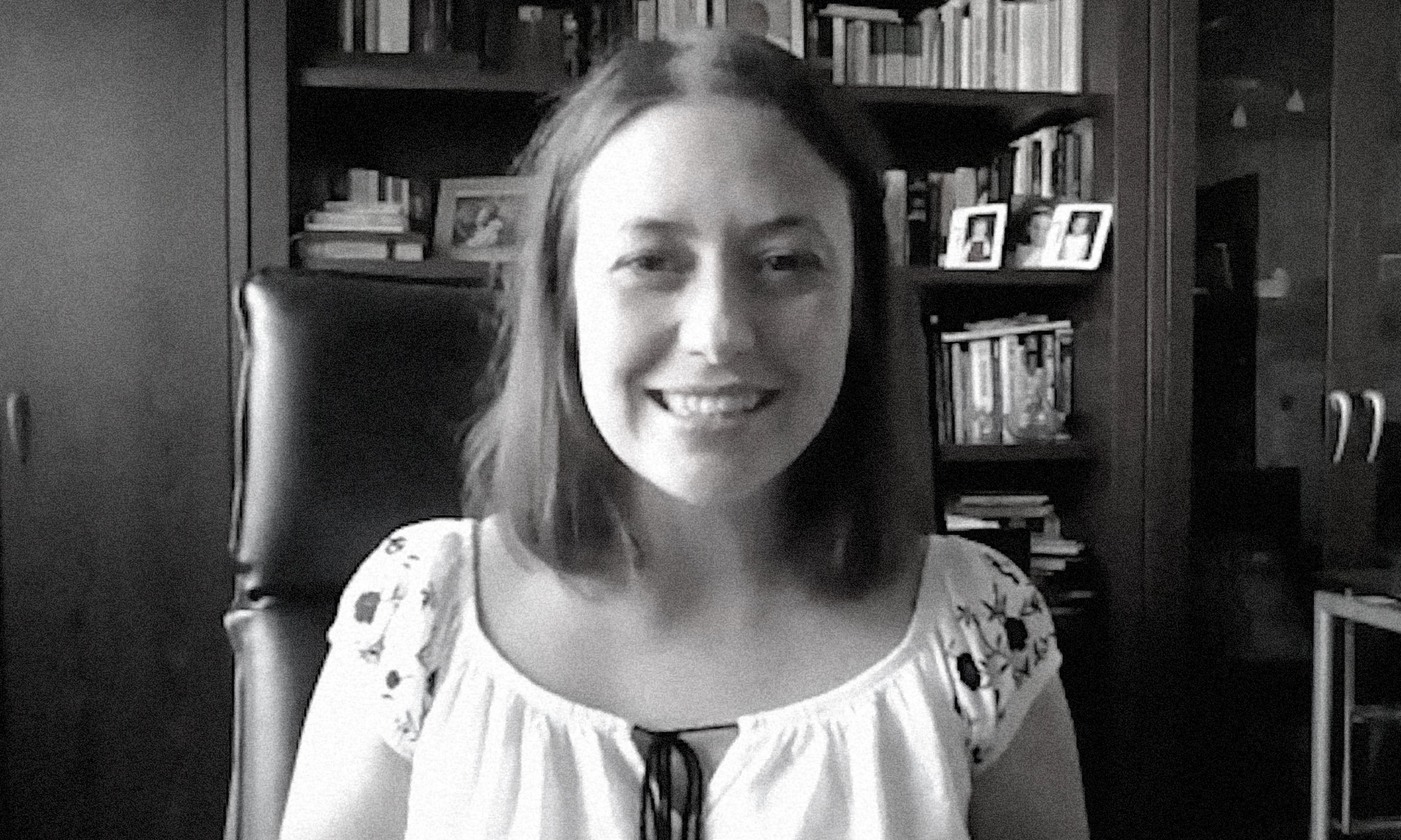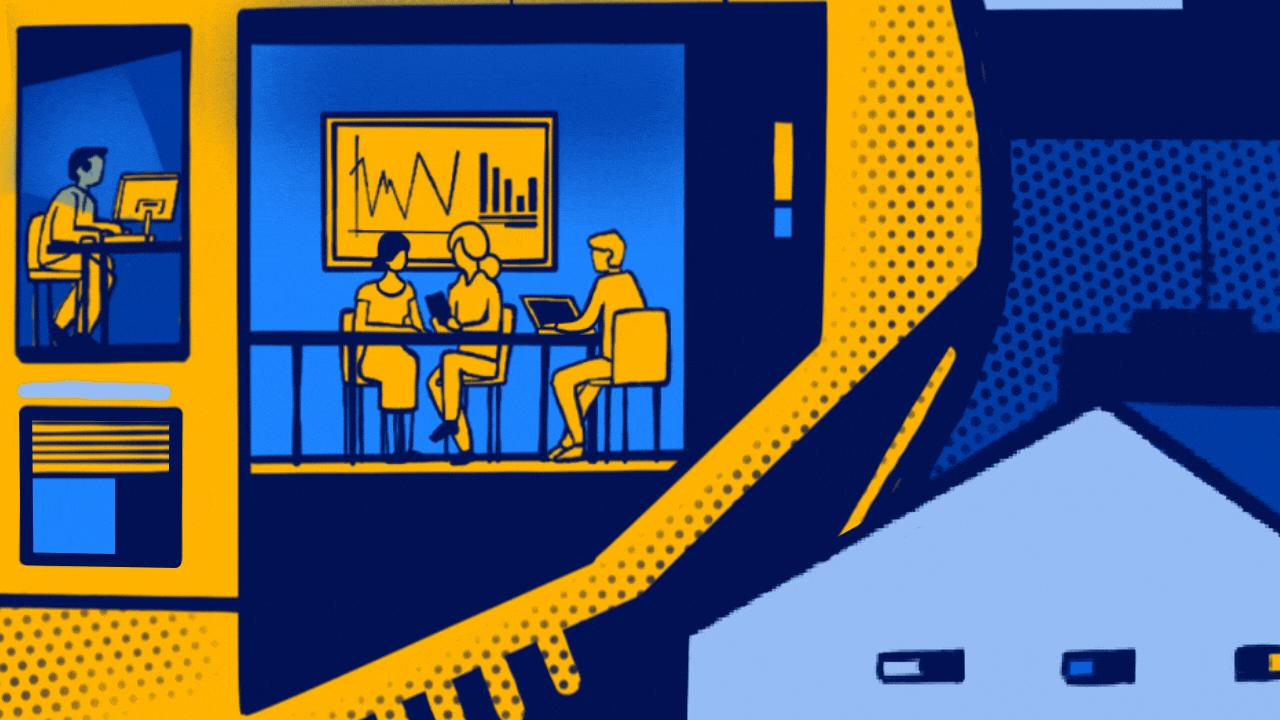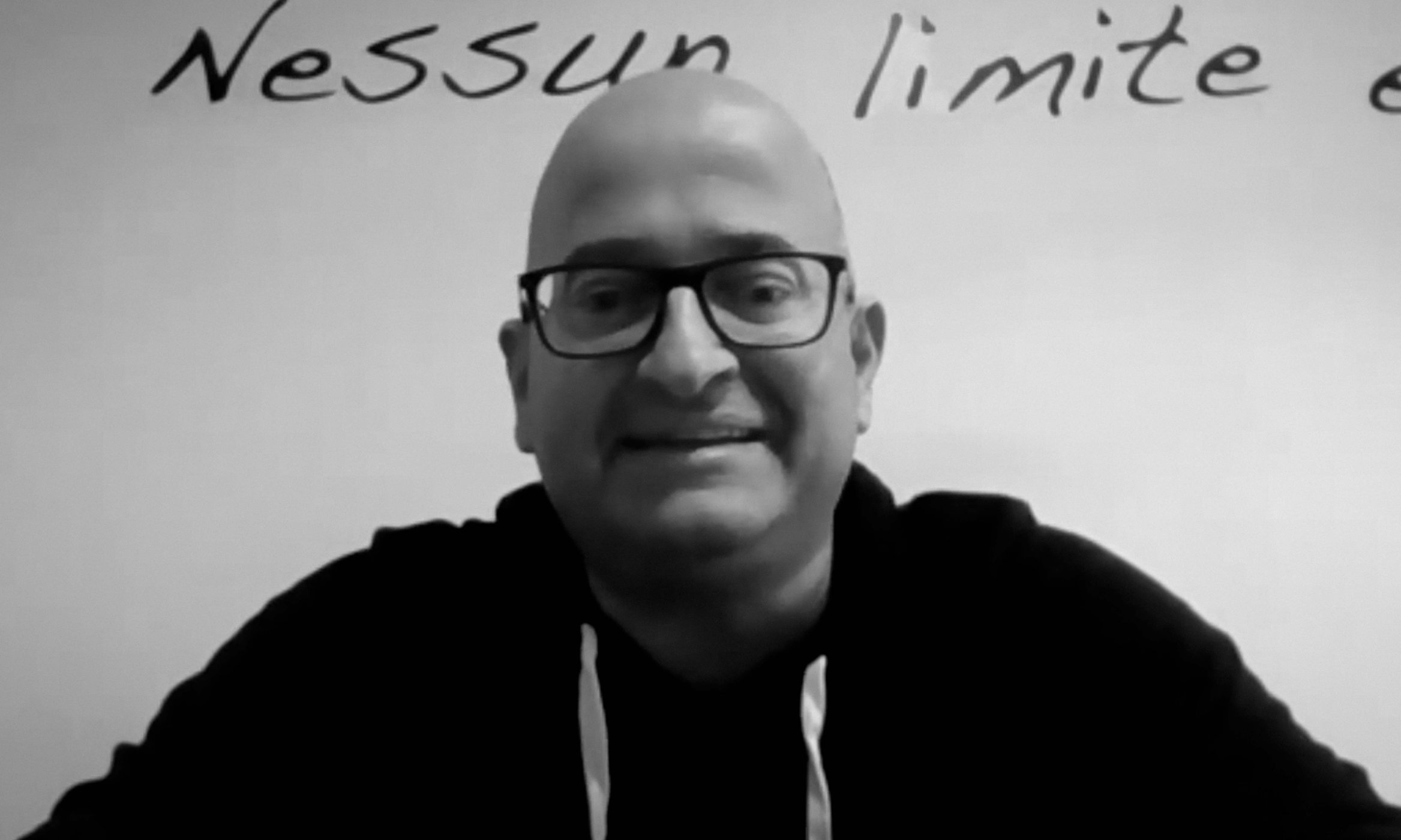
Photograph: Alfred Kenneally/Unsplash
We are now facing an abrupt evolutionary curve that accelerates digitisation, forcing companies to be more agile and modern than ever before.
As technology advances, we see business models pivot, rise and fall.
In order to prepare for and respond to the disruptive shifts that emanate from new technology, businesses have to understand how their transformation will mirror the changes we see in the world. Where is society headed? How can our organisation adapt to the future?
Needs must
As the raison d’etre of any business is to serve their customers (or end users) and fulfil their needs, all enterprises are by definition people-centric.
Humankind is constantly subject to change: political changes, social movements, environmental disruptions, technological discoveries. A complex intertwining of such events determines psycho-emotional changes in individuals and communities, which translate into whole cultural mindset shifts. For businesses, all these shifts result in new needs emerging over the decades. Our parents had neither the same needs as we do now, nor did they expect the same standards in service.
Today we expect premium, modern UX in any device, car or appliance; we expect 24/7 connectivity and access to information, as well as remote working and a safe online environment for us and our families.
In 2019, almost 80% of the households in Romania had access to high-speed internet. By contrast, the generation before appreciated even a simple interface for their phones or appliances, not to mention transportation; they bought newspapers, watched TV and worked in a totally different environment.
The needs of the last couple of decades have led to new industries emerging – digitalization, cloud, streaming, IoT, etc. – but they have also put pressure on business models.
Technology is disrupting business practices, and opening unprecedented opportunities. Business models embedding digitalisation across markets, functions and processes have become top of mind for CEOs in every industry.
In a recent survey, more than 50% of the companies in all industries globally have a digital strategy that is enterprise-wide or specific to individual business units, and about 30% of companies are in the process of defining one.
Preparing for the unexpected
As cultures morph and customer profiles are rewritten, agility is not just mandatory for staying competitive, but vital for the very existence of the organisation.
To foster an attitude of always being ready for the ‘next normal’, organisations must:
Stay on the lookout for the new needs and trends
Have frequent and ongoing contact with clients and potential partners that forge industries
Create an organisational structure that can drive innovation from within
Build a vision and culture that inspire employee entrepreneurial spirit
2020 has completely changed our perception of the world. The events of the last months have modified behaviours and sped up adoption of new tools, as we move towards an interconnected smart society (Society 5.0).
The individual, the business environment and society itself must become one in order to adapt to the new paradigm.
The individual, the business environment and society itself must become one in order to adapt to the new paradigm.
We are now facing an abrupt evolutionary curve that accelerates digitisation, forcing companies to be more agile and modern than ever before, while not overlooking a strategic, ecosystem-based transformation plan, as well as a proper business continuity plan.
As Deputy CEO at NTT DATA Romania, I’ve seen firsthand the payoff of championing transformation, business continuity and culture throughout the organisation. Remote working has always been available for all our colleagues, for limited periods. Consequently, going online was less painful both technologically and emotionally. At present, 85% of our colleagues are working remotely.
Nevertheless, working remotely creates a gap within teams, and a lack of human contact generates alienation. We are striving to bridge this gap through personal coaching, even for the CEO level, and through dedicated online meetings where we share our plans and our worries. This has helped us maintain productivity and team cohesion.
One of the greatest challenges is the lack of face-to-face client interactions and managing client relationships. Trust grows through human interaction; nowadays trust must be built remotely.
We all must adapt, at a personal and organisational level.
Client, colleague, company
Embarking on continuous transformation is one of the most significant decisions a CEO has to make. When you start as a small company and you grow into a global one, continuous transformation is in your DNA. You cannot afford to slow down: you need to be constantly on your toes, understand your clients, your market, and above all, your teams.
The commitment of the managerial team must be rock solid in order to inspire and lead. Every individual must push in the same direction as you. Your vision, your goals and your culture depend on the way it is co-created with your people, and carried on by their commitment and responsibility.
The commitment of the managerial team must be rock solid in order to inspire and lead. Every individual must push in the same direction as you. Your vision, your goals and your culture depend on the way it is co-created with your people, and carried on by their commitment and responsibility.
Here’s how we achieved it at NTT DATA:
1. Vision and conviction of the benefits of change. We moulded our strategy around the 3C symbiosis – the client, the colleague and the company, as well as the greater good for all of them – thus contributing to the mutual synergy, and changing the previous perception of the ecosystem to one focusing on the importance of collaboration.
2. Framing transformation as a higher level of performance. Transformation is not a one-off, it is a modus vivendi. It is continuous improvement, firmly rooted in our own experience and in the Kaizen concept inherent in Japanese business culture.
On the road from a start-up to an international corporation, the organisational structure of the company transforms: from silos of business lines acting like small companies to a complex, interdependent matrix system of competence areas, creating readiness for system integration services and delivery of turn-key-solutions.
3. Stepping out of our comfort zone, following dreams and inspiring ambition. In Romania, we started with a dream and a few people, with hope and determination. Two decades later, more or less the same team (after numerous transformation processes, and older and wiser) know that the only constant is change and the greatest benefit is knowledge.
Growing a company from a handful of employees at the turn of the millennium to over 2,000 by 2020, has kept us constantly needing to adjust everything to the new organisation size, and adapt business models to new markets and needs. This has taught us the true value of change and helped us master the art of business transformation. As such, we created a continuous transformation concept – internally branded as ‘Alive’ as we believe it to be vital for existence – that covers all organisational aspects:
Reorganising delivery teams for better efficiency: aligning with the legislative landscape, increasing the specialisation of colleagues by relieving administrative roles, adding new roles and reducing redundant ones, and focusing on the professionalisation of roles based on skills and individual strengths.
Taking reliable business continuity measures: secure digital and physical workplaces, with a top-notch cybersecurity strategic layer for remote working, even for some of the highly-confidential, segregated projects:
Audited processes and infrastructure (10+ audits each year);
Diversity and inclusion policy;
Security awareness communication: cyber-attacks prevention trainings and security bulletins
Creating sustainable, high-margin, product-based revenue streams: this called for the design and implementation of a standardised product development lifecycle to help unify and consolidate the way we treat project management, opportunities, escalations and risks.
Clarvision™ Business Suite Reinvention: while most companies freeze their budgets, we decided to invest over €3 million in modernising our Software Enterprise Suite, in order to bring an efficient solution and new modules for the Romanian market as well as extending the technology skills of the product team.
Transform, transcend
The difference between leading and lagging in the race for digitisation lies not only in the speed of operations, but in the investment made in tech-based innovation, daring being bold in budgeting and intelligently using data to make decisions. And, of course, customer-centricity in service and product development.
To stay the course, and outmanoeuvre the competition, organisations will need to bring together vision, strategy and continuous transformation. On the foundations of a reliable team and reliable infrastructure, businesses who provide the freedom for their people to innovate – and at the same time the security of change frameworks and scalable resources – will be poised for sustainable growth.


